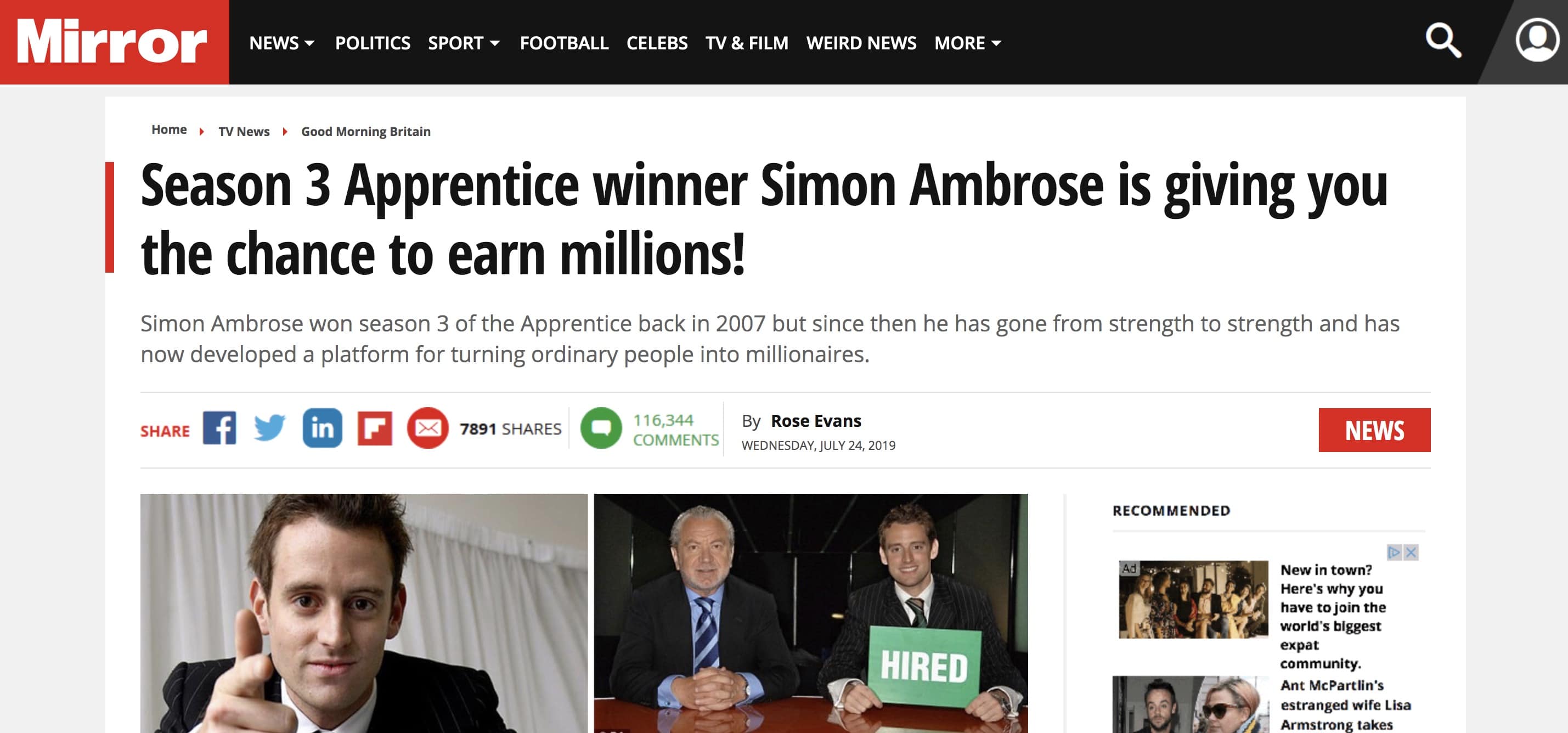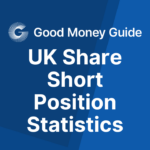It’s nearly a year since the CFD and FX industry has had to include risk warnings detailing the profitability of clients who use their services.
It is common to see “70-80% of clients lose” attached to all types of forex brokerages regardless of the number of professional clients, the business model of the brokerages, or the services they offer. Anecdotally brokers tell me that the associated reduction of leverage has made little difference, in fact even ESMA reported that the previous year’s crypto boom had made profitability’s numbers worse since legislation came in. So are these profitability numbers helpful?
Ayondo, the social trading brokerage recently acquired by BUX used to detail that of the 72.1% of losing accounts, 70.1% were lost less than £100. This does imply that most loses weren’t huge, and once people quickly recognised they were not in the 27.9% they would stop trading. Perhaps the previous year’s winners became losers. Perhaps the previous year’s losers became winners. Few people’s buying and selling portfolio fits neatly into 12 month cycle that the risk warning details.
I also feel, that as a leveraged product, more clients than regulators recognise, understand that it’s perfectly acceptable, and indeed a genuine strategy to have 9 losses, and as long as the one win outweighs the other 9. Maybe leveraged trades are used for that moon shot, the trade that you don’t expect to come in, but if it does you want it to come in big. Your CFD account maybe for your moon shots and your stockbroking account for your long term keepers. Your CFD account maybe used to hedge that stockbroking account.
However there is a more pressing reason I am becoming concerned that risk warnings are not helping matters. In “Don’t look Here: Do risk warnings really work” an article on the FCA Insight web site, Laura Smart argues that we get risk warning fatigue. If everything has a risk warning, we fail to differentiate between the risks of the product or the provider. A warning of “all our clients lose” will simply be clicked through.
There is however another, more dangerous point raised by Smart.
Unsurprisingly, tweets with risk warnings were less attractive to potential customers. They were then less likely to be clicked on and their webpages explored relative to tweets without warnings….Ultimately, tweets with warnings were less likely to be chosen than those without.
My Facebook and Twitter feeds are riddled with promoted tweets or updates offering me Bill Gates or Alan Sugars latest fake get rich quick binary scheme (e.g. see below ). As expected, they will never, never have risk warnings. Searching through Instagram for hashtags #fxlifestyle, #forex can be a truly depressing experience. Forex con merchants posing with a Rolex and an off shore money makin’ unregulated MT4 demo platform solicit wannabe traders.
If the regulated industry is made to look like the baddy, who can blame people for choosing the alternative where all of the people are getting rich all the time?


Dan Moczulski is a veteran of the trading industry having run buy and sell-side teams at various different brokerages over the years. Dan is currently UK MD of eToro.


